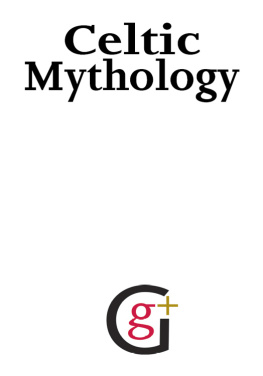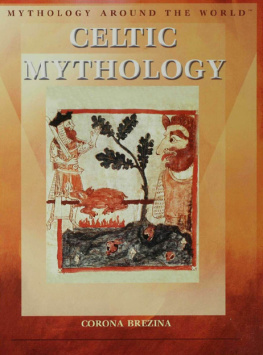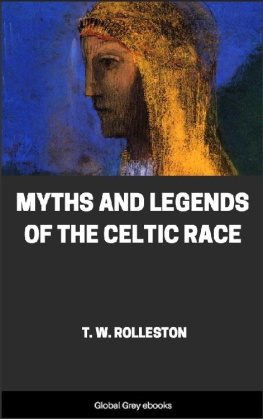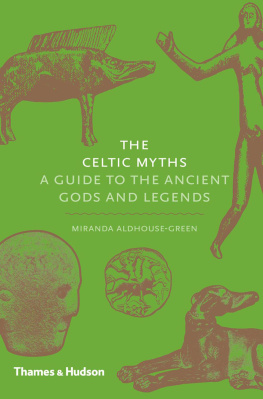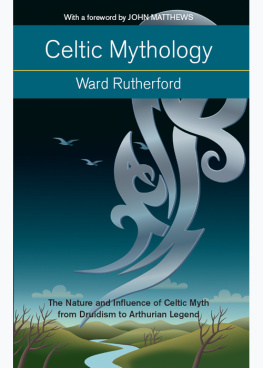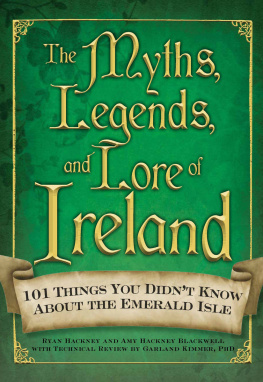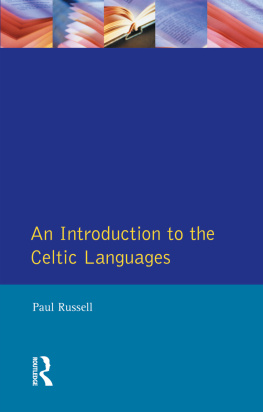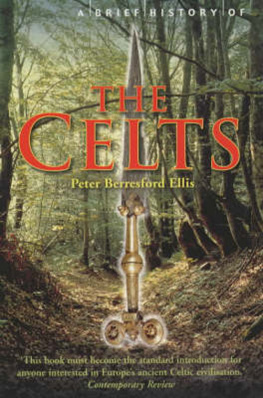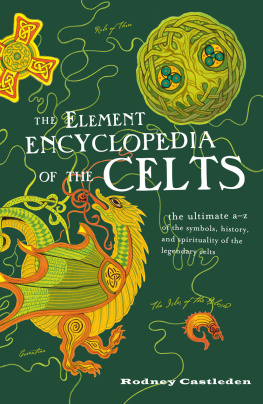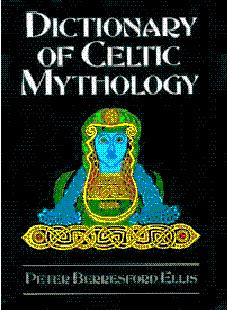P ETER B ERRESFORD E LLIS is a foremost authority on the Celts and the author of many books in the field including The Celtic Empire (1990), Celt and Saxon (1993), Celt and Greek (1997), Celt and Roman (1998) and The Ancient World of the Celts (1998).Under the pseudonym Peter Tremayne he is the author of the bestselling Sister Fidelma murder mysteries set in Ireland in the seventh Century.
Praise for Celtic Myths and Legends
For those interested in our Celtic past this selection will be a tremendous source of enjoyment and instruction.
Contemporary Review
The introduction is the most comprehensive and lucid explanation of Celtic lore. Alan Lambert, The New Humanity
Peter Berresford Ellis brings to bear not only his extensive knowledge of the source material but also his acclaimed skills of storytelling to produce an original and enthralling collection.
Ipswich Evening News
Also available
The Mammoth Book of Awesome Comic Fantasy
The Mammoth Book of Best New Erotica
The Mammoth Book of Best New Horror 2000
The Mammoth Book of Best New Science Fiction 14
The Mammoth Book of Bridge
The Mammoth Book of British Kings & Queens
The Mammoth Book of Chess
The Mammoth Book of Comic Fantasy
The Mammoth Book of Endurance and Adventure
The Mammoth Book of Erotica (New Edition)
The Mammoth Book of Erotic Photography
The Mammoth Book of Fantasy
The Mammoth Book of Gay Erotica
The Mammoth Book of Great Detective Stories
The Mammoth Book of Gay Short Stories
The Mammoth Book of Haunted House Stories
The Mammoth Book of Hearts of Oak
The Mammoth Book of Historical Erotica
The Mammoth Book of Historical Whodunnits
The Mammoth Book of How It Happened
The Mammoth Book of How It Happened in Britain
The Mammoth Book of International Erotica
The Mammoth Book of Jade the Ripper
The Mammoth Book of Jokes
The Mammoth Book of Legal Thrillers
The Mammoth Book of Lesbian Erotica
The Mammoth Book of Lesbian Short Stories
The Mammoth Book of Life Before the Mast
The Mammoth Book of Locked-Room Mysteries and Impossible Crimes
The Mammoth Book of Men OWar
The Mammoth Book of Murder
The Mammoth Book of Murder and Science
The Mammoth Book of New Erotica
The Mammoth Book of New Sherlock Holmes Adventures
The Mammoth Book of Private Lives
The Mammoth Book of Pulp Action
The Mammoth Book of Puzzles
The Mammoth Book of SAS & Elite Forces
The Mammoth Book of Seriously Comic Fantasy
The Mammoth Book of Sex, Drugs & Rode n Roll
The Mammoth Book of Short Erotic Novels
The Mammoth Book of Soldiers at War
The Mammoth Book of Sword & Honour
The Mammoth Book of the Edge
The Mammoth Book of The West
The Mammoth Book of True Crime (New Edition)
The Mammoth Book of True War Stories
The Mammoth Book of UFOs
The Mammoth Book of Unsolved Crimes
The Mammoth Book of Vampire Stories by Women
The Mammoth Book of War Correspondents
The Mammoth Book of Women Who Kill
The Mammoth Book of the Worlds Greatest Chess Games
The Mammoth Encyclopedia of Science Fiction
The Mammoth Encyclopedia of Unsolved Mysteries

Constable & Robinson Ltd
3 The Lanchesters
162 Fulham Palace Road
London W6 9ER
www.constablerobinson.com
First hardback edition published in the UK
as The Chronicles of the Celts by Robinson, 1999
This paperback edition published by Robinson,
an imprint of Constable & Robinson Ltd, 2002
Copyright Peter Berresford Ellis 1999, 2002
The right of Peter Berresford Ellis to be identified as the author of this work has been asserted by him in accordance with the Copyright, Designs and Patents Act, 1988
All rights reserved. This book is sold subject to the condition that it shall not, by way of trade or otherwise, be lent, re-sold, hired out or otherwise circulated in any form of binding or cover other than that in which it is published and without a similar condition including this condition being imposed on the subsequent purchaser.
A copy of the British Library Cataloguing in
Publication Data is available from the British Library
ISBN 13: 978-1-84119-248-2
ISBN 10: 1-84119-248-1
eISBN: 978-1-78033-363-2
Printed and bound in the EU
10 9 8 7 6 5
This volume is respectfully dedicated to the memory of my good friend, mentor and guide in matters Celtic Pdraig O Conchir (19281997).
I was a listener in the woods,
I was a gazer at the stars,
I was not blind where secrets were concerned,
I was silent in a wilderness,
I was talkative among many,
I was mild in the mead-hall,
I was stern in battle,
I was gentle towards allies,
I was a physician of the sick,
I was weak towards the feeble,
I was strong towards the powerful,
I was not parsimonious lest I should be burdensome,
I was not arrogant though I was wise,
I was not given to vain promises though I was strong,
I was not unsafe though I was swift,
I did not deride the old though I was young,
I was not boastful though I was a good fighter,
I would not speak about any one in their absence,
I would not reproach, but I would praise,
I would not ask, but I would give.
Cormac Mac Cuileannin
King and Poet of Cashel, AD 836908
Introduction
T he mythology, legends and folklore of the Celtic peoples are among the oldest and most vibrant of Europe. The Celts were, in fact, the first European people north of the Alps to emerge into recorded history. They were delineated from their fellow Europeans by virtue of the languages which they spoke and which we now identify by the term Celtic.
This linguistic group is a branch of the greater Indo-European family. The Indo-European family of languages encompasses most of the languages spoken in Europe, with a few notable exceptions such as Basque, Finnish, Estonian and Hungarian. The Indo-European group also covers Iran and northern India.
Since the old classical language of India, Sanskrit, was identified in the eighteenth century, the concept of linguistic evolution and language relationships has become a science. What this means is that we can see from the linguistic relationship of the Indo-European languages that, at some point in remote antiquity, there was a single parent language, which we call Indo-European, for want of a better designation. This parent language diversified into dialects, as its speakers began to migrate from the geographic location where it was originally spoken. These dialects then became the ancestors of the present major European and Northern Indian language groups Italic or Latin (now called Romance), Germanic, Slavonic, Baltic, Celtic, Iranian, Indo-Aryan and so forth.
Even today, there remain relative forms of construction and vocabulary among the Indo-European languages which are not found in other languages: features which help us identify them as such. Features common to Indo-European include clear formal distinction of noun and verb, a basically inflective structure and decimal numeration. An experiment which demonstrates the relationship is to note the cardinal numbers one to ten in each Indo-European language and one will find the same sound values indicating the common parent.
Next page

